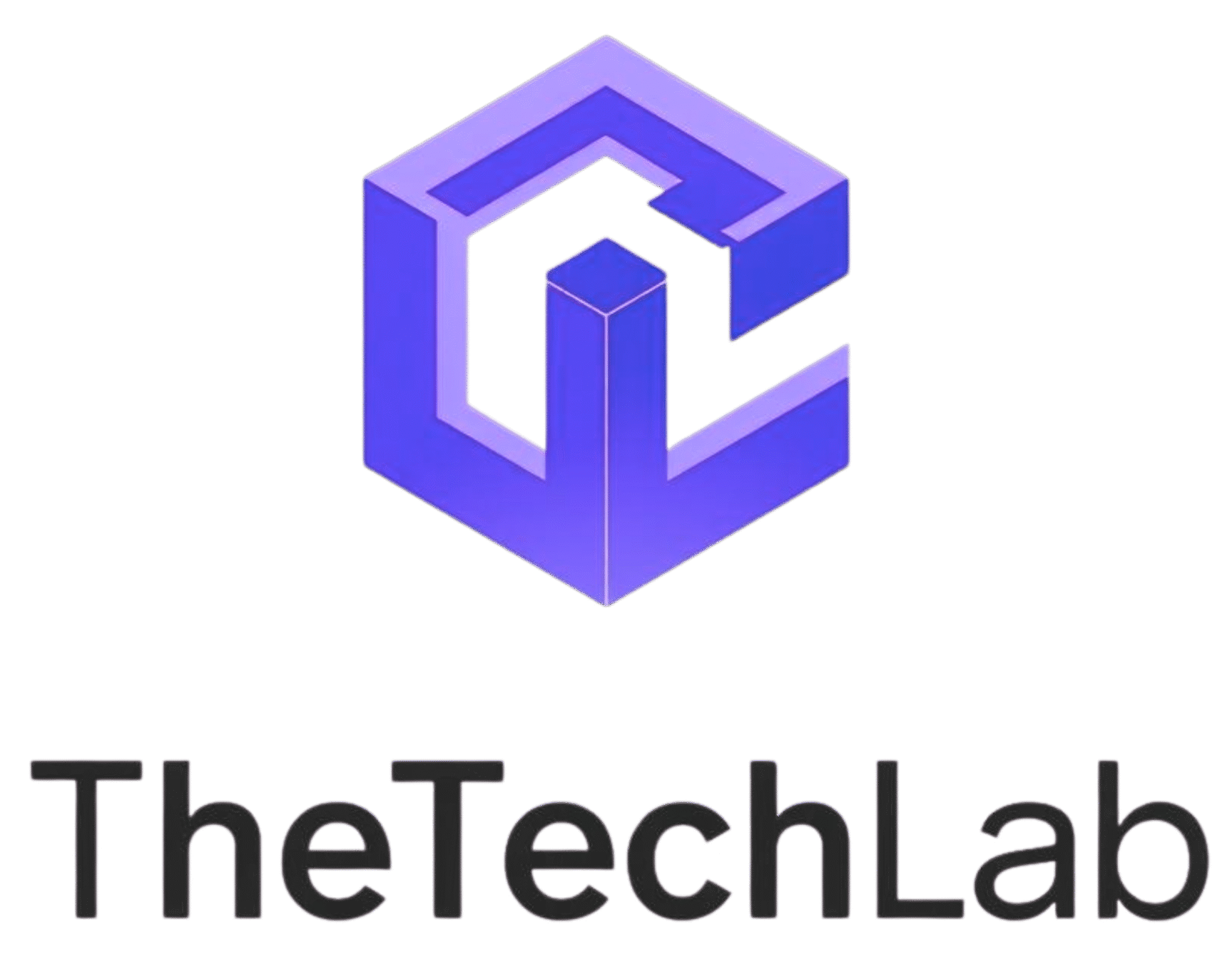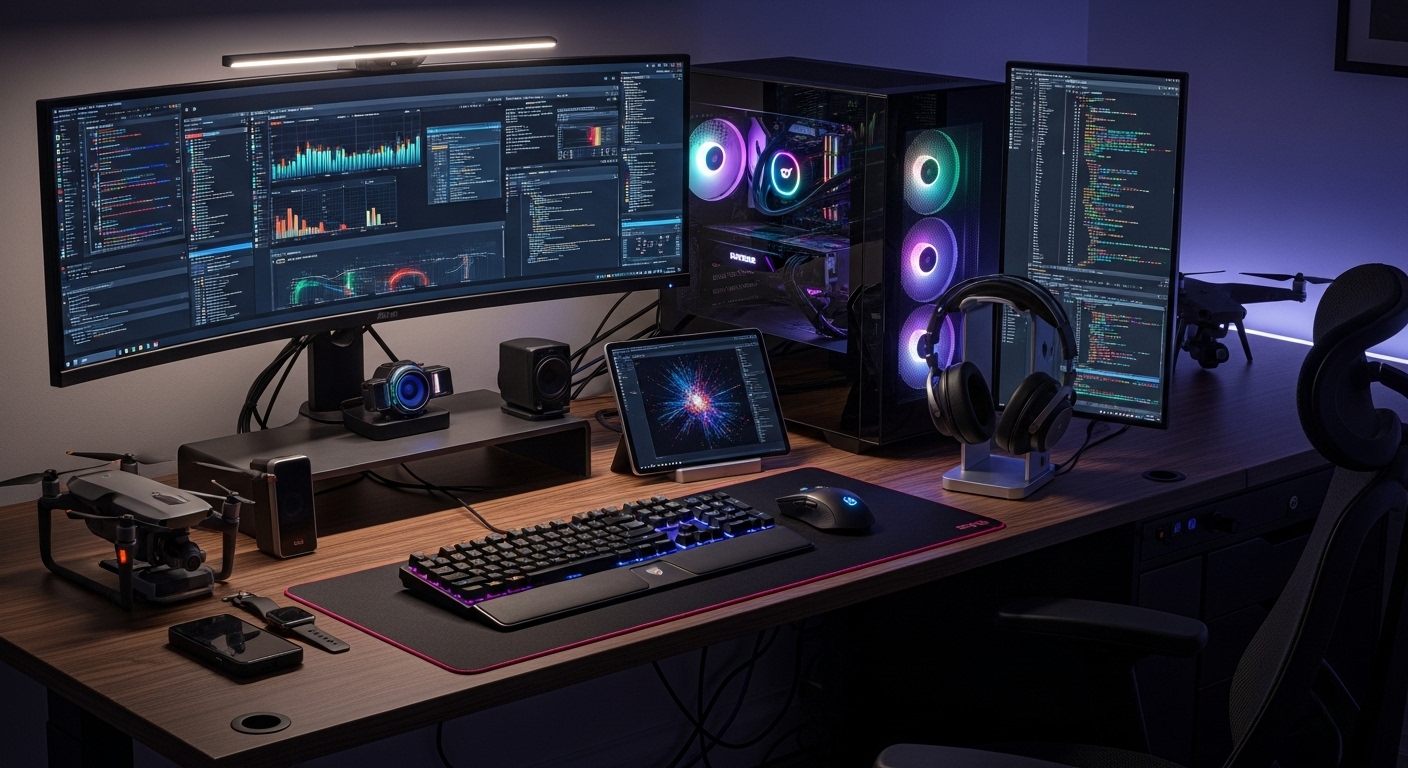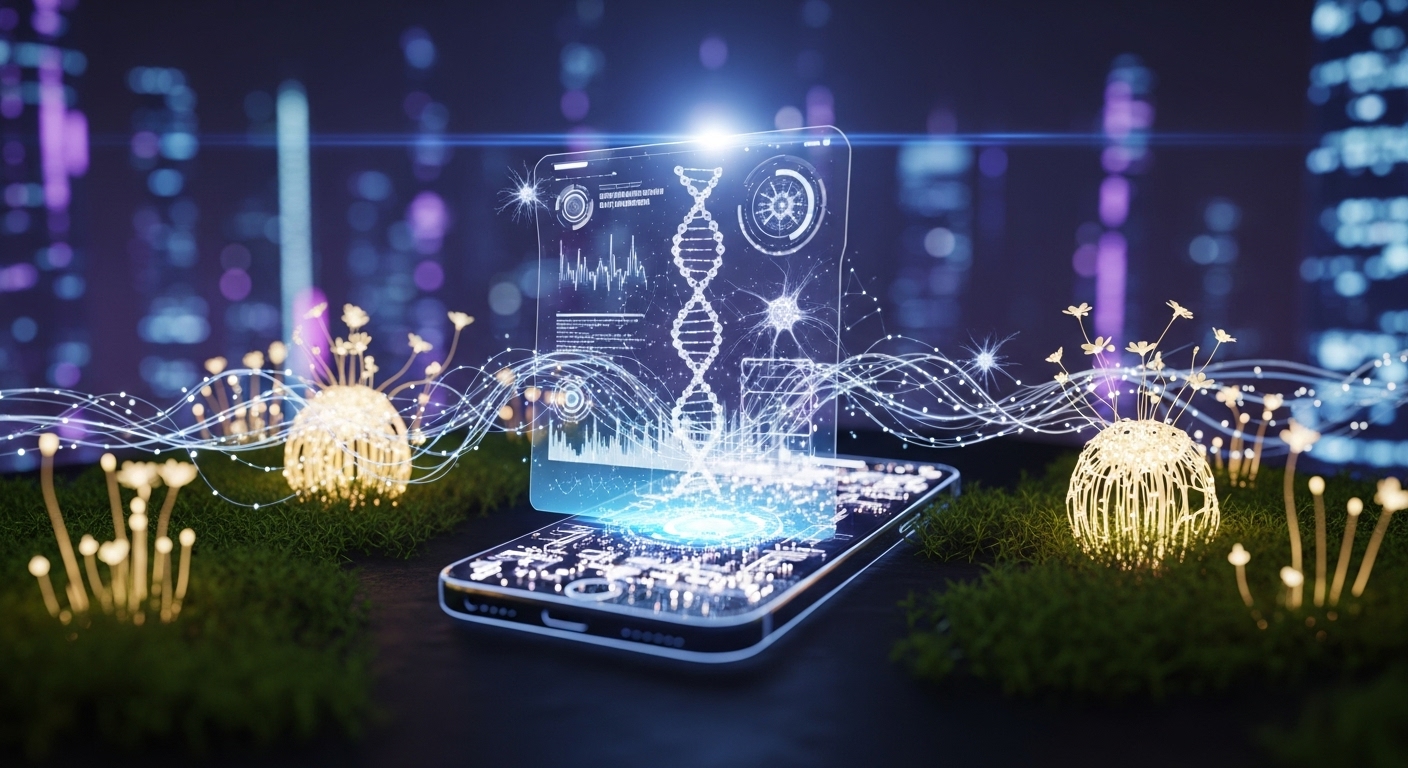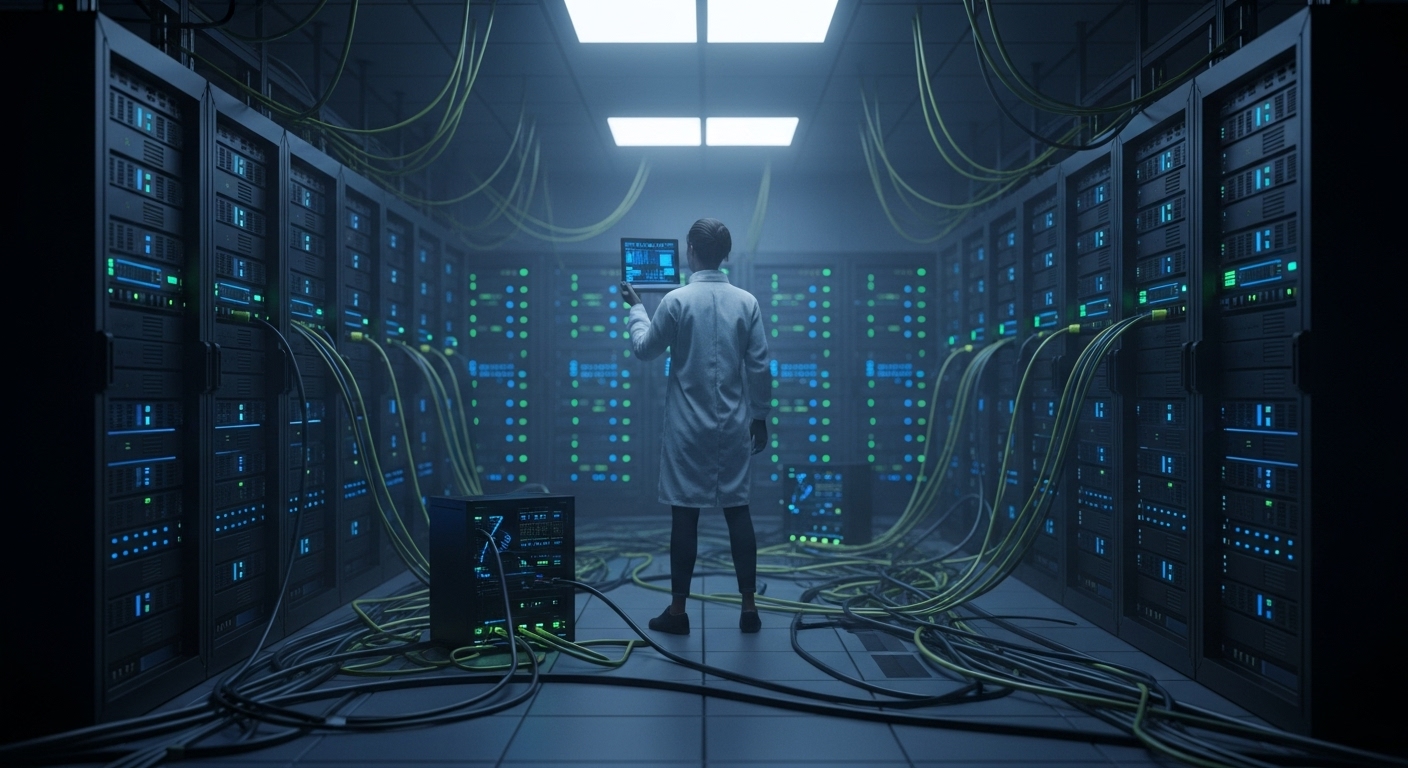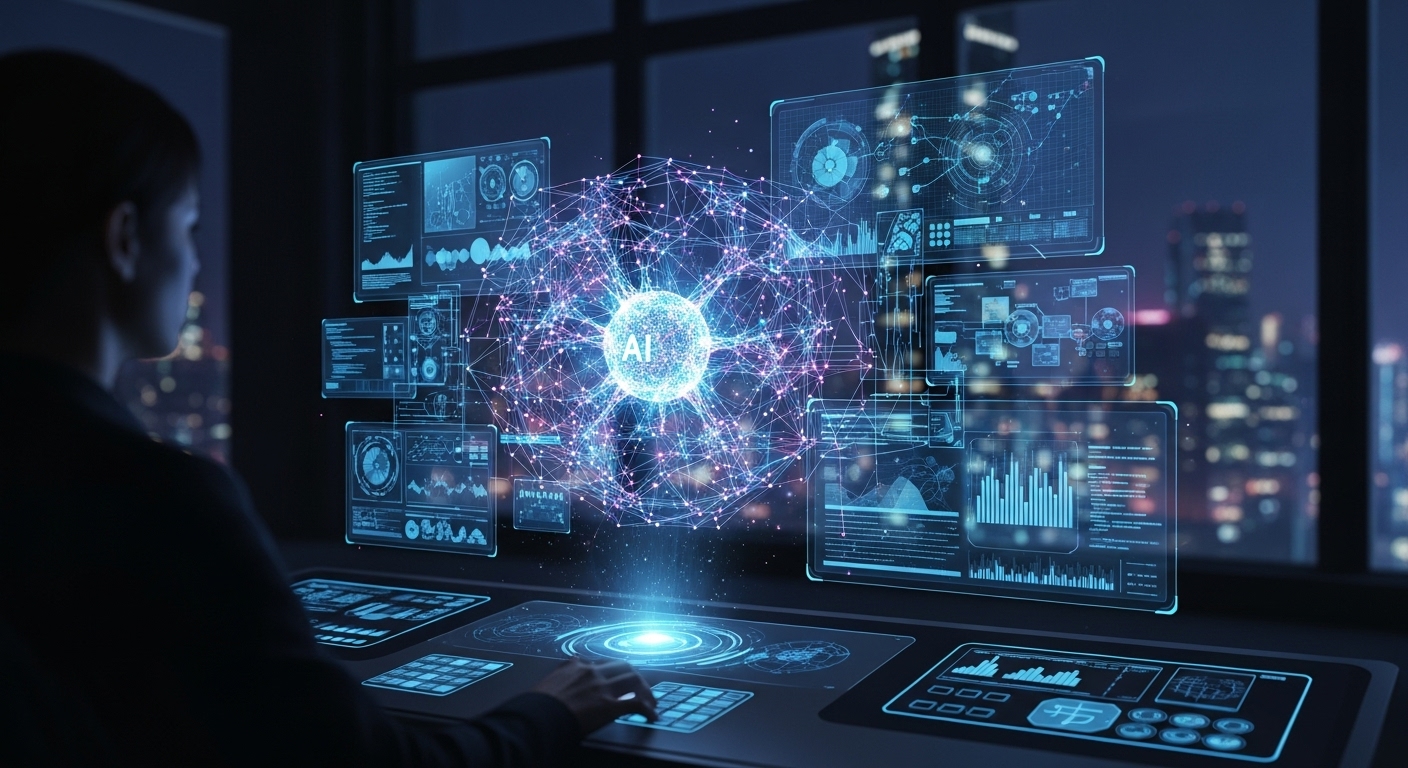Technology has become an inseparable part of modern life. From the way we communicate to how we work, learn, and entertain ourselves, technology is reshaping every aspect of human existence. This blog explores the current trends, groundbreaking innovations, and the future of technology that are driving global change.
The Rise of Artificial Intelligence
Artificial Intelligence (AI) has transitioned from science fiction to a practical tool that permeates various industries. AI systems now assist in healthcare, finance, marketing, transportation, and even creative fields. Machine learning algorithms analyze vast datasets to provide insights, predict outcomes, and automate decision-making.
One remarkable example is natural language processing, which enables computers to understand human language. AI-powered chatbots and virtual assistants have become commonplace, providing instant support in customer service and business operations. Additionally, AI is being used to enhance security systems, detect fraud, and optimize supply chains.
AI’s integration into daily life also raises ethical concerns. As machines become more intelligent, questions regarding privacy, job displacement, and accountability arise. Ensuring AI is designed responsibly and transparently will be crucial as its influence expands.
The Era of Cloud Computing
Cloud computing has revolutionized the way businesses and individuals store, process, and access data. Traditional computing relied heavily on physical hardware, but cloud services offer scalable, flexible, and cost-efficient alternatives. Organizations can now deploy applications and store massive amounts of information without maintaining extensive on-premises infrastructure.
Major cloud providers offer a range of services, including Infrastructure as a Service (IaaS), Platform as a Service (PaaS), and Software as a Service (SaaS). This enables businesses to focus on innovation rather than managing hardware. Cloud computing also facilitates remote work, data sharing, and collaboration across continents, fostering global connectivity and productivity.
Security remains a critical challenge for cloud adoption. With sensitive data hosted off-premises, companies must implement robust encryption, access controls, and continuous monitoring to protect against cyber threats. Despite these concerns, cloud technology continues to expand, underpinning everything from streaming services to enterprise software.
The Internet of Things: A Connected World
The Internet of Things (IoT) connects everyday devices to the internet, allowing them to collect, share, and analyze data. Smart homes, wearable devices, and industrial sensors are transforming how humans interact with technology. IoT enables automation and intelligent decision-making in sectors like healthcare, agriculture, and manufacturing.
For example, smart thermostats adjust temperature based on user preferences and energy consumption patterns, reducing costs and environmental impact. Wearable fitness trackers monitor heart rate, sleep patterns, and physical activity, empowering individuals to make informed health decisions. In industries, IoT sensors monitor machinery performance, predicting maintenance needs and preventing costly breakdowns.
The widespread adoption of IoT also brings security challenges. Connected devices can be vulnerable to cyberattacks, requiring manufacturers to prioritize secure software design and regular updates. Nonetheless, the potential of IoT to enhance efficiency, convenience, and sustainability is undeniable.
Blockchain Technology Beyond Cryptocurrency
Blockchain technology, initially popularized by cryptocurrencies like Bitcoin, is gaining traction across multiple industries. Its decentralized and immutable nature provides transparency, security, and trust in digital transactions. Beyond finance, blockchain is transforming supply chain management, healthcare record-keeping, and even voting systems.
In supply chains, blockchain enables real-time tracking of goods, ensuring authenticity and reducing fraud. In healthcare, it allows secure sharing of patient records across institutions while maintaining privacy. Governments and organizations are also exploring blockchain for digital identity verification, reducing the risk of identity theft and enhancing public services.
Despite its promise, blockchain adoption faces challenges such as scalability, energy consumption, and regulatory uncertainties. However, ongoing research and innovation are addressing these issues, paving the way for broader adoption of this transformative technology.
The Evolution of Mobile Technology
Mobile technology has fundamentally changed communication, entertainment, and business. Smartphones have evolved into powerful computing devices capable of performing tasks once reserved for desktop computers. Mobile apps have revolutionized services ranging from banking to transportation, creating a mobile-first society.
5G networks are further accelerating mobile technology by providing ultra-fast internet speeds, low latency, and enhanced connectivity. This enables innovations like augmented reality (AR), virtual reality (VR), and cloud gaming on mobile devices. Mobile technology also plays a crucial role in bridging the digital divide, providing internet access to remote and underserved regions.
The proliferation of mobile devices raises concerns about data privacy, security, and digital addiction. Responsible use and regulatory frameworks are essential to maximize benefits while minimizing negative impacts.
Cybersecurity in the Digital Age
As technology advances, cybersecurity has become a top priority. Cyberattacks are increasingly sophisticated, targeting individuals, corporations, and governments. Threats include malware, ransomware, phishing attacks, and state-sponsored hacking.
Organizations are investing heavily in cybersecurity solutions, including intrusion detection systems, firewalls, encryption technologies, and advanced threat intelligence platforms. Additionally, awareness and training are critical to ensure individuals recognize and avoid cyber threats.
Emerging technologies like AI and machine learning are enhancing cybersecurity by detecting anomalies, predicting attacks, and automating responses. However, cybercriminals are also leveraging these technologies, creating a constant race between attackers and defenders.
The Role of Robotics and Automation
Robotics and automation are transforming industries by improving efficiency, precision, and productivity. In manufacturing, robots handle repetitive tasks, assemble components, and perform quality control with unparalleled accuracy. Automation reduces human error and operational costs, allowing companies to scale operations effectively.
Robotics is also making significant contributions to healthcare, including surgical robots, rehabilitation devices, and delivery of medical supplies. Autonomous vehicles, drones, and warehouse automation are reshaping logistics and transportation, making processes faster and safer.
While automation offers substantial benefits, it also raises concerns about job displacement. Preparing the workforce through upskilling and reskilling programs is essential to ensure a smooth transition into an automated future.
Emerging Trends: AR, VR, and Extended Reality
Augmented reality (AR), virtual reality (VR), and extended reality (XR) are transforming entertainment, education, and professional applications. AR overlays digital information on the real world, enhancing user experiences in gaming, retail, and industrial training. VR immerses users in fully digital environments, enabling simulations, virtual meetings, and interactive storytelling.
XR, which combines AR, VR, and mixed reality, opens possibilities for collaboration, remote work, and design visualization. Industries such as architecture, engineering, and healthcare are leveraging XR for training, planning, and patient care.
The adoption of XR technologies is accelerated by advances in hardware, such as high-resolution headsets, motion tracking sensors, and haptic feedback devices. As these technologies become more accessible, XR has the potential to reshape human interaction and digital experiences.
Green Technology and Sustainability
Technology plays a crucial role in addressing environmental challenges. Green technology focuses on energy efficiency, sustainable resource management, and reducing carbon footprints. Renewable energy solutions, such as solar, wind, and hydropower, are becoming increasingly cost-effective and widely adopted.
Smart grids, energy-efficient buildings, and electric vehicles contribute to reducing environmental impact. Additionally, technology enables better monitoring of environmental changes, pollution levels, and natural resource usage, supporting informed decision-making for sustainability.
Companies and governments are investing in research to develop clean technologies, aiming to balance economic growth with environmental responsibility. The future of technology increasingly emphasizes sustainability as a core principle.
Quantum Computing: The Next Frontier
Quantum computing represents a paradigm shift in computational power. Unlike classical computers, which process information in binary bits, quantum computers use quantum bits or qubits, allowing them to perform complex calculations exponentially faster. This has significant implications for cryptography, material science, drug discovery, and optimization problems.
While quantum computing is still in its early stages, major tech companies and research institutions are making strides in developing practical applications. Quantum algorithms have the potential to solve problems that are currently infeasible for classical computers.
The widespread adoption of quantum computing will require overcoming challenges related to stability, error correction, and scalability. However, its transformative potential promises to redefine what is possible in computing.
Technology and Education
Education has been revolutionized by technology, breaking geographical and economic barriers. Online learning platforms, digital classrooms, and interactive content have made education more accessible and personalized. Artificial intelligence assists in creating adaptive learning experiences tailored to individual student needs.
Gamification, AR, and VR enhance engagement and understanding, making complex concepts easier to grasp. Technology also facilitates collaborative learning, allowing students to interact with peers and educators worldwide.
As technology continues to evolve, lifelong learning and digital literacy are becoming essential skills. Education systems must adapt to prepare students for a technology-driven future.
The Future of Work in a Tech-Driven World
The workplace is undergoing a profound transformation due to technology. Automation, AI, and digital collaboration tools are reshaping job roles and workflows. Remote work, enabled by cloud computing and communication platforms, has become mainstream, offering flexibility and global talent access.
The rise of gig work, digital entrepreneurship, and freelancing reflects a shift towards more dynamic and decentralized work models. Companies must focus on continuous learning, innovation, and adaptability to thrive in this environment.
Ethical considerations, data privacy, and employee well-being are crucial as technology influences workplace culture and dynamics. Balancing efficiency with human-centric practices will define the future of work.
Conclusion: Embracing the Technological Revolution
Technology continues to evolve at an unprecedented pace, shaping every aspect of human life. From AI and cloud computing to IoT, blockchain, and quantum computing, innovations are transforming industries, improving efficiency, and enhancing human experiences.
While technology offers immense opportunities, it also presents challenges related to privacy, security, ethics, and sustainability. Responsible development, regulation, and education are essential to maximize benefits and minimize risks.
As we navigate this technological revolution, embracing innovation while maintaining human values and societal well-being will define the trajectory of our future. The journey of technology is far from over, and its impact will continue to redefine what is possible in the years to come.
